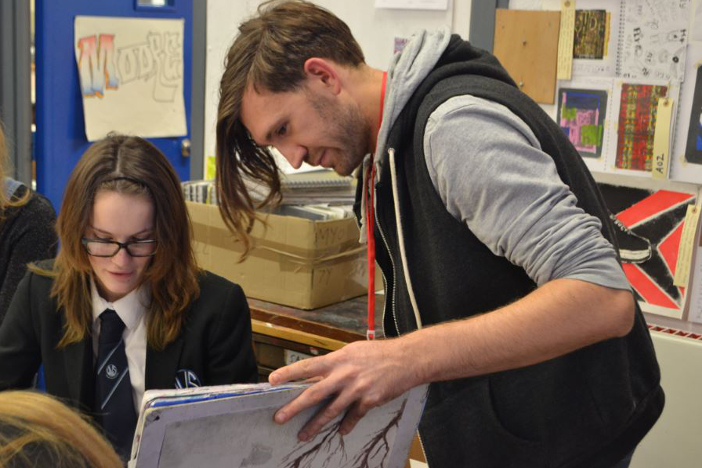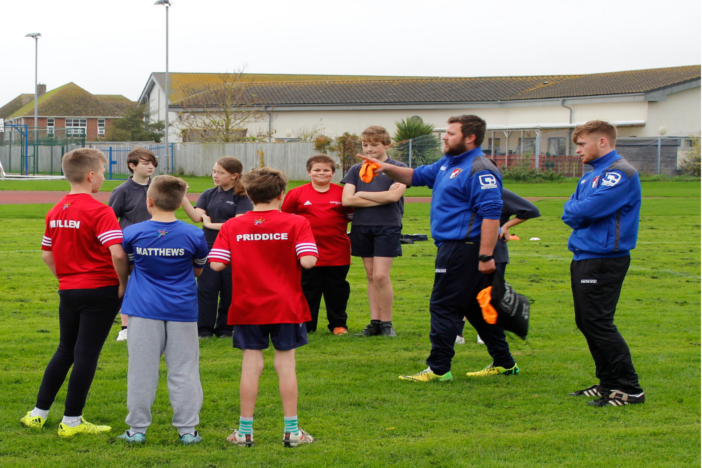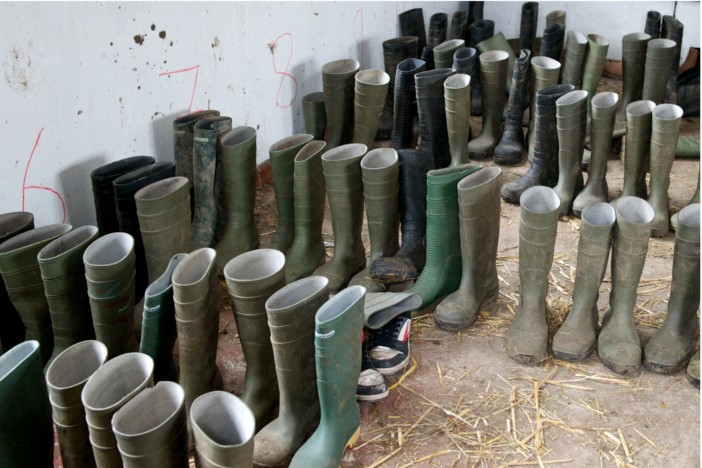Social media sites such as Linked in, Twitter and Facebook are an important element of people’s lives – almost everyone has an account these days! More importantly, people of all ages are now socially active online – from teenagers to people in their sixties, seventies and eighties.
With the increased use of social media as a means of communicating it has almost become imperative for charities and community groups to integrate these channels as part of their communications plans.
Below is a brief guide of WHY and HOW.
WHY
No website?
Many smaller charities and community groups do not have the budget to have a website built and maintained and yet it is very important for these groups to promote themselves to potential donors and supporters.
If you are small shire Dorset based lunch club which is completely volunteer led you might be fully reliant on donations and volunteers to operate and yet because you don’t have any budget to build a website and promote your great work you feel you are caught in a Catch 22.
The simple answer is to create a Facebook/Twitter/Linked in page – it costs nothing to set up and it can be easily managed by staff, volunteers and even sometimes by the very same people your group is helping.
Make it Easy for People to Donate
You have to make it easy to your supporters to donate online. If you have a donations page set up for online fundraising the easiest way to reach potential donors is to share it through social media. At the end of the day, people who like your organisation (and show that by ‘liking’ your Facebook page and following you on Twitter) are more likely to donate to you!
Targeted Messaging and Fundraising Through Social Media Advertising
Targeting advertising through social media is among one of the most cost-effective methods charities and community groups can use to reach out to new and existing audiences.
Through Facebook, for example, charities and community groups can spend as little as £1 and reach through to audiences they would like to target – for example ladies over the age of 50 in West Dorset who are interested in volunteering and community activities.
HOW
Content
If you are not sure about content the best advice is to keep it as simple as possible – short posts (no longer than three sentences) and also pictures. Pictures are very important and the rule of the thumb is that every post should include a picture – even if it is a generic stock one!
If you do have a website and would like to signpost people to particular pages do not forget to include links to the social media posts – an easy way to drive traffic to key pages.
Managing a Social Media Page
Volunteers, trustees and staff can manage your charity’s social media page – all you need is someone with a good understanding of your organisation and also how social media sites work.
If you decide that volunteers are going to help you manage it an easy dos and don’ts session will help them understand the parameters of content, frequency and the tone of voice they should be using.
Enter the Conversation/Campaign
You can use your social media page not only to reach out and communicate with supporters but also to join in the conversation and campaign with other charity organisations, local and central government etc….. as I said everyone is communicating socially these days, make the most of this opportunity!
To be continued……..
Tag the Foundation on Facebook, tweet us on Twitter, like, share and re-tweet – we encourage all funded groups to get in touch with us on social media.
If you would like to promote a project funded by us please don’t forget to use #DCFgrant.
For further details on promoting your award please click here.



